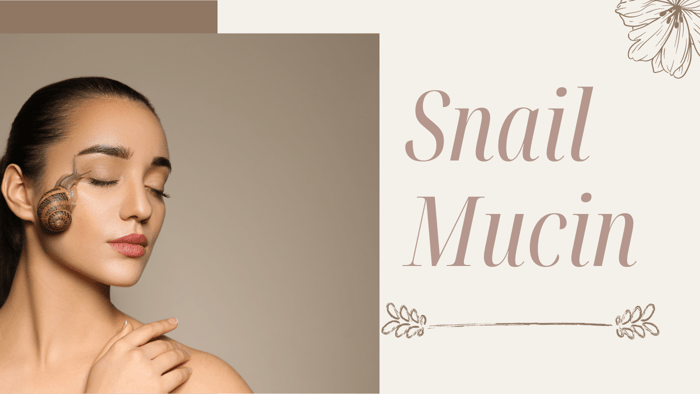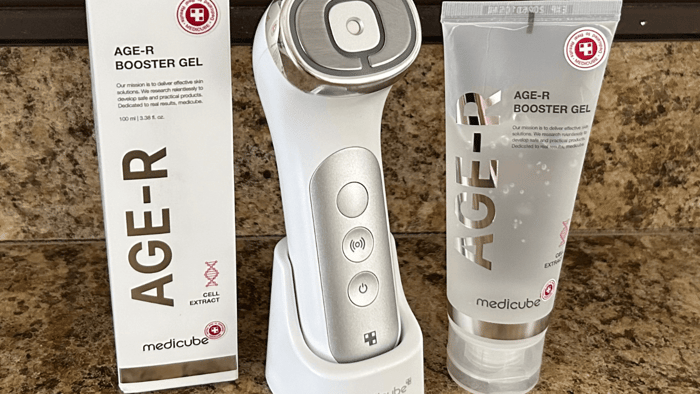What is Botox?
Botox, short for botulinum toxin, is a neurotoxic protein derived from the bacterium Clostridium botulinum. It is a purified form of the toxin that has been extensively studied and approved for various medical and cosmetic applications.
Botox is known for its ability to temporarily paralyze or weaken muscles by blocking the release of acetylcholine, a chemical messenger responsible for muscle contractions. By doing so, Botox inhibits the communication between nerves and muscles, leading to a reduction in muscle activity.
However, Botox also offers several health benefits beyond its cosmetic use
Health Uses of Botox
- Chronic Migraines: Botox has been approved by the FDA as a preventive treatment for chronic migraines in adults. Injections of Botox into specific areas of the head and neck help reduce the frequency and severity of migraines.
- Excessive Sweating (Hyperhidrosis): Botox injections can effectively treat hyperhidrosis, a condition characterized by excessive sweating. By blocking the nerve signals that stimulate sweat glands, Botox can significantly reduce sweating in the treated areas, such as the underarms, palms, or soles of the feet.
- Overactive Bladder: Botox has been approved for the treatment of overactive bladder, a condition characterized by a frequent and urgent need to urinate. By injecting Botox into the bladder muscle, it relaxes the muscles and reduces the frequency of contractions, resulting in a decrease in urinary urgency and incontinence episodes.
- Muscle Spasms and Dystonia: Botox is an effective treatment for muscle spasms and dystonia, a neurological condition that causes involuntary muscle contractions and abnormal postures. Whether used to address spasms in the neck (cervical dystonia), eyelids (blepharospasm), or limbs, Botox injections can provide relief by temporarily relaxing the affected muscles and reducing their excessive contractions.
- Strabismus and Eye Conditions: Strabismus is a condition where the eyes are misaligned or crossed. By injecting Botox into specific eye muscles, it can help align the eyes properly, improving vision and reducing eye strain. Botox is also utilized in the treatment of other eye conditions such as hemifacial spasm and eyelid twitching (myokymia).

How long does Botox usually last?
The duration of Botox's effects varies depending on several factors, including the individual's metabolism, the dose administered, and the specific treatment area. Generally, the effects of Botox last between three to six months. However, it's important to note that the results may gradually wear off over time as the toxin is metabolized by the body.
Can you stop Botox once you start?
Yes, it is entirely possible to discontinue Botox treatments once you start. Unlike some medications that require continuous use, Botox treatments are not addictive, and stopping them will not have any adverse effects on your health. If you choose to discontinue Botox, you will gradually regain normal muscle activity in the treated areas, and the appearance of wrinkles or other conditions may return to their previous state over time.
Common side effects
Common side effects of Botox include temporary redness, bruising, or swelling at the injection site. In rare cases, patients may experience headaches or flu-like symptoms. It is essential to discuss any concerns or potential risks with a healthcare provider before undergoing Botox treatment.

Botox has proven to be a valuable medical tool. By understanding its mechanisms, consulting with healthcare professionals, and weighing the potential benefits against the risks, you can make an informed decision regarding the use of Botox as part of your healthcare regimen.




